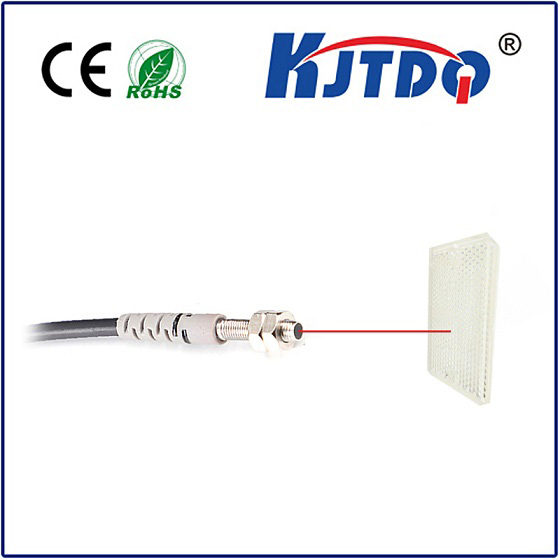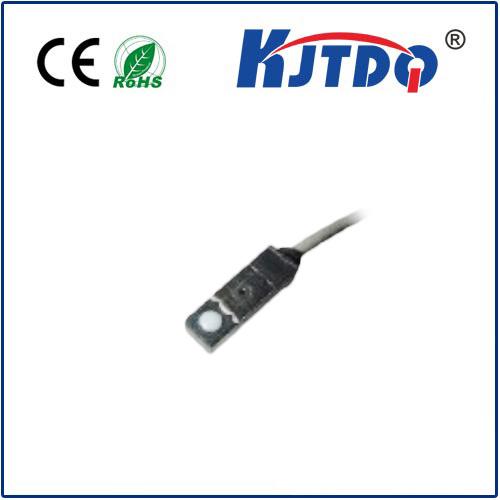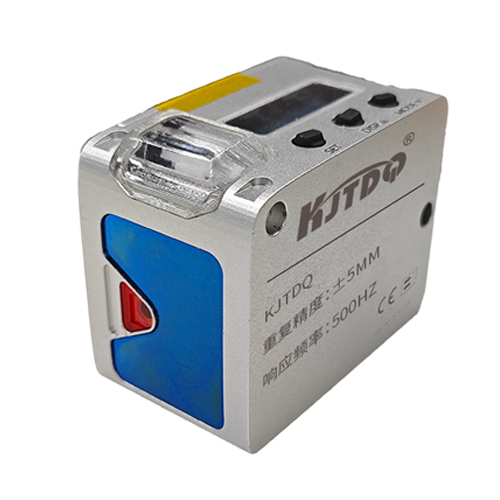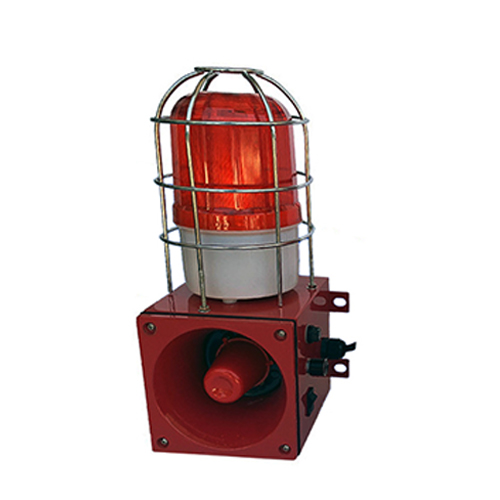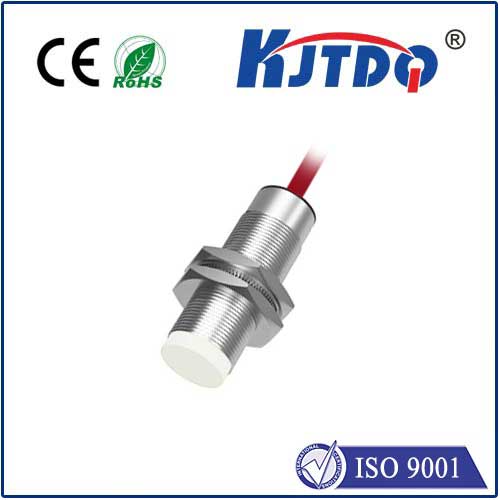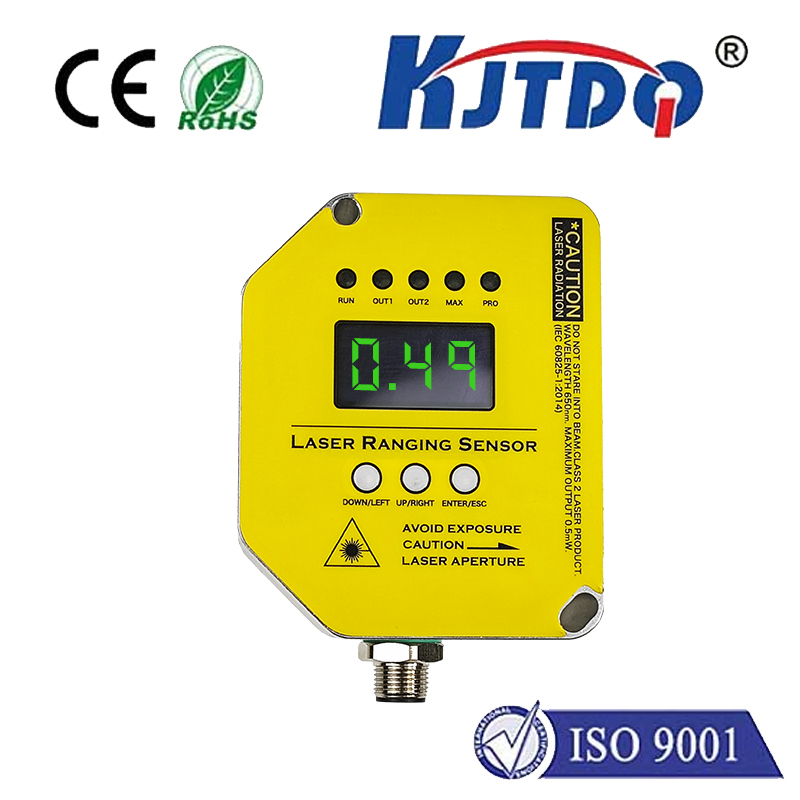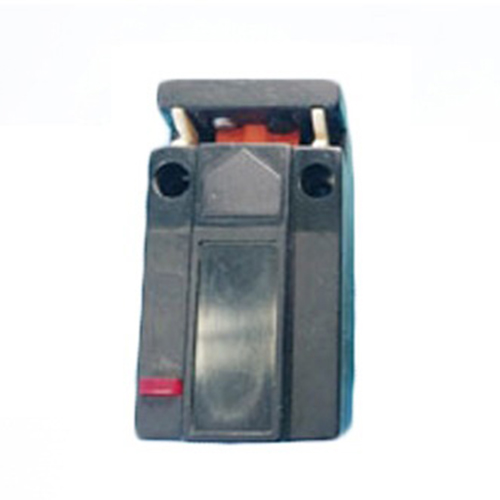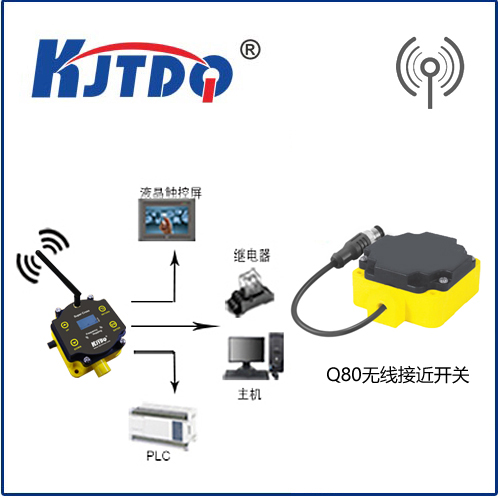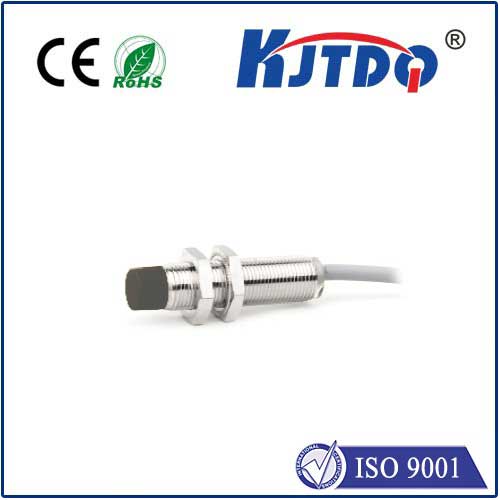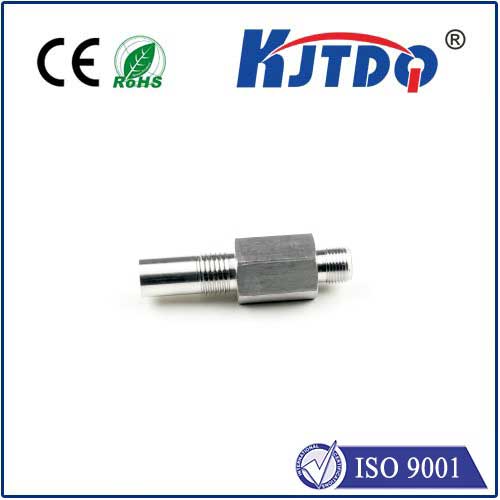ДД дальномерный датчик
- time:2025-08-27 15:29:15
- Нажмите:0
Distance Meter Sensors: The Hidden Tech Measuring Your World
Think about the last time you smoothly reversed your car, guided by gentle beeps warning of obstacles. Or consider how a warehouse robot navigates towering shelves without a bump. Or even the precise focus achieved by a high-end camera on your smartphone. What invisible force makes this possible? The answer lies in the sophisticated world of distance meter sensors – unsung heroes translating physical space into actionable digital data.
At their core, distance meter sensors are devices engineered to measure the gap between themselves and a target object, without physical contact. They achieve this feat by emitting a signal – be it sound waves, light pulses, or infrared radiation – and then meticulously analyzing the return signal. The fundamental principle revolves around the relationship between the time taken for the signal to travel to the object and back, or the characteristics of the reflected signal itself. Time-of-Flight (ToF) is a common underlying concept for many types.

Not all distance sensors are created equal. The choice of technology depends heavily on the specific application, required precision, environmental conditions, and target properties:
- Ultrasonic Sensors: These workhorses emit high-frequency sound waves beyond human hearing. They calculate distance based on the echo time. Преимущество include lower cost, effectiveness on a wide variety of surfaces (even transparent or dark objects), and reasonable tolerance to dust or smoke. Ограничения involve lower measurement accuracy compared to optical methods, slower update rates, and susceptibility to temperature variations and acoustic noise. They’re ubiquitous in car parking sensors, basic robotics, and liquid level detection.
- Infrared (IR) Sensors (Proximity/Triangulation): Often used for close-range detection (proximity sensors) or short-distance measurement via triangulation. They emit an IR beam and use a position-sensitive detector to gauge distance based on the reflected beam’s angle. Преимущество are compact size, low power consumption, and good performance indoors. Ограничения include susceptibility to ambient IR light (sunlight) and varying performance based on object color and surface properties. Common in smartphones (screen dimming), touchless dispensers, and some robotics.
- Laser Distance Sensors:
- Laser Triangulation: A focused laser dot is projected onto the target. A receiving lens captures the reflected dot at an angle, and its position on a sensor array (like a CMOS) determines the distance via trigonometry. Преимущество are high accuracy and resolution at short to medium ranges, fast response times. Ограничения include sensitivity to target surface properties (glossy, dark), occlusions blocking the dot, and generally a narrower measurement range compared to ToF lasers.
- Laser Time-of-Flight (LiDAR - often): These emit short pulses of laser light and use extremely precise timing to measure the round-trip time. Преимущество include very long measurement ranges, excellent measurement accuracy, and the ability to work well outdoors. This technology forms the basis of most LiDAR systems. Ограничения can be higher power consumption and cost compared to simpler sensors. Essential for surveying, construction, autonomous vehicles, and advanced robotics.
- LiDAR (Light Detection and Ranging): While technically a methodology (often using laser ToF), LiDAR deserves mention as a powerful category. It doesn’t just measure a single point; it scans a laser beam rapidly across a scene, creating a detailed point cloud – a 3D map of the environment. This provides rich spatial data, crucial for autonomous navigation, mapping, and complex object detection. Its long range and high resolution make it indispensable for these demanding tasks.
The applications of distance meter sensors are vast and continually expanding:
- Промышленная автоматизация: Robot positioning, palletizing, conveyor belt monitoring, fill level control, thickness gauging. Precision and reliability are paramount here.
- Automotive: Parking assistance (ultrasonic/LiDAR), adaptive cruise control (radar/LiDAR), collision avoidance systems (LiDAR), blind-spot monitoring. Safety-critical systems rely on robust sensing.
- Consumer Electronics: Smartphone focus and portrait modes (ToF), robot vacuums (IR/laser/ToF), smart appliances (proximity control, gesture sensing).
- Construction & Surveying: Measuring distances, areas, volumes (laser distance meters, LiDAR scanners). Accuracy over long distances is key.
- Drones & Robotics: Navigation, obstacle avoidance, terrain mapping (LiDAR, ultrasonic, ToF). Environmental awareness is vital for autonomy.
- Здравоохранение: Medical imaging devices, patient positioning systems. Requires non-contact and often hygienic solutions.
Choosing the right distance sensor involves careful consideration of several factors beyond just the technology type:
- Measurement Range: How far do you need to measure?
- Accuracy & Resolution: How precise does the measurement need to be? What is the smallest detectable change?
- Update Rate: How quickly do you need new distance readings?
- Target Properties: What are the size, color, surface texture, and material of the target object? (e.g., Does it absorb or scatter light/sound?)
- Environmental Conditions: Will it be used indoors or outdoors? Is there dust, fog, smoke, strong ambient light, or extreme temperatures to contend with?
- Size, Power Consumption & Cost: Practical constraints for the application.
From the mundane beeps in a parking lot to the cutting-edge navigation of self-driving cars, distance meter sensors are fundamental components bridging the physical and digital worlds. Understanding the different technologies – ultrasonic, infrared, laser triangulation, and laser Time-of-Flight (LiDAR) – and their strengths and weaknesses is crucial for selecting the right tool. Their ability to provide fast, non-contact, and precise measurement accuracy enables smarter machines, safer vehicles, and more efficient processes across countless industries.

